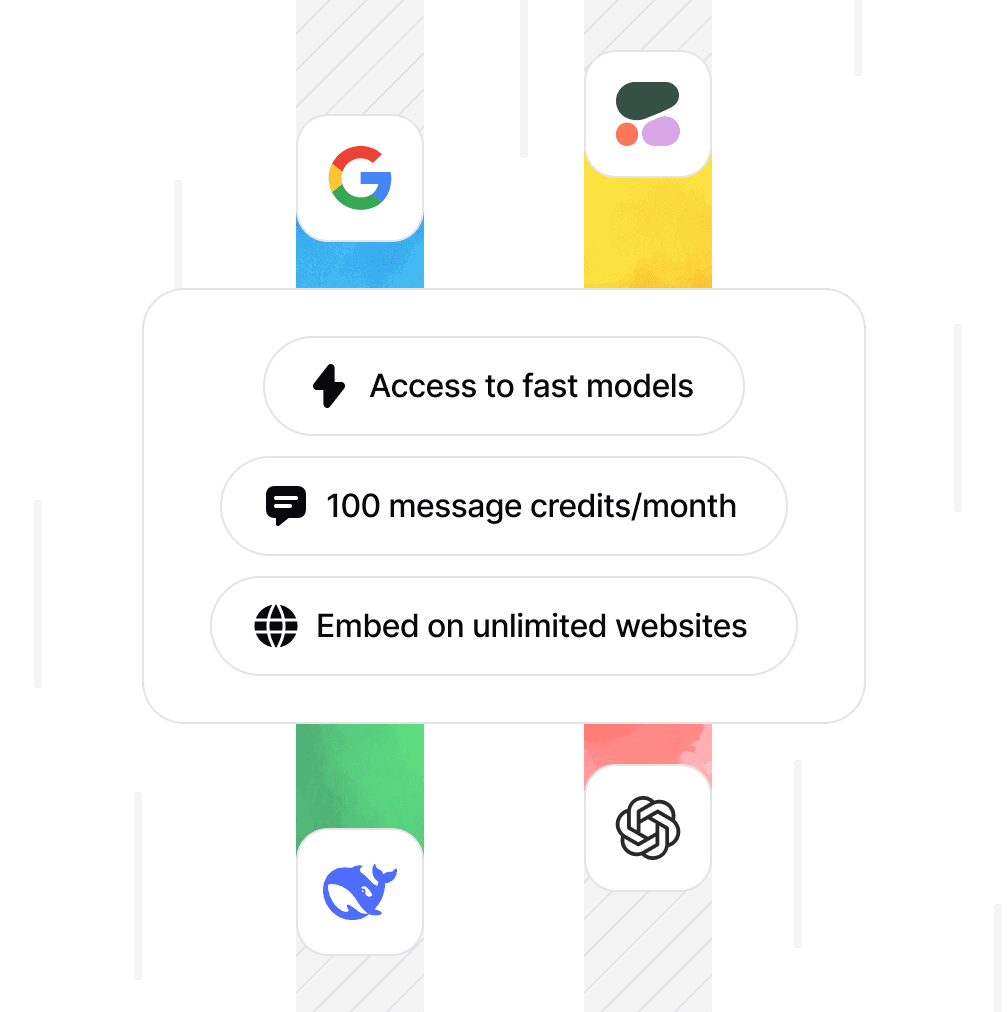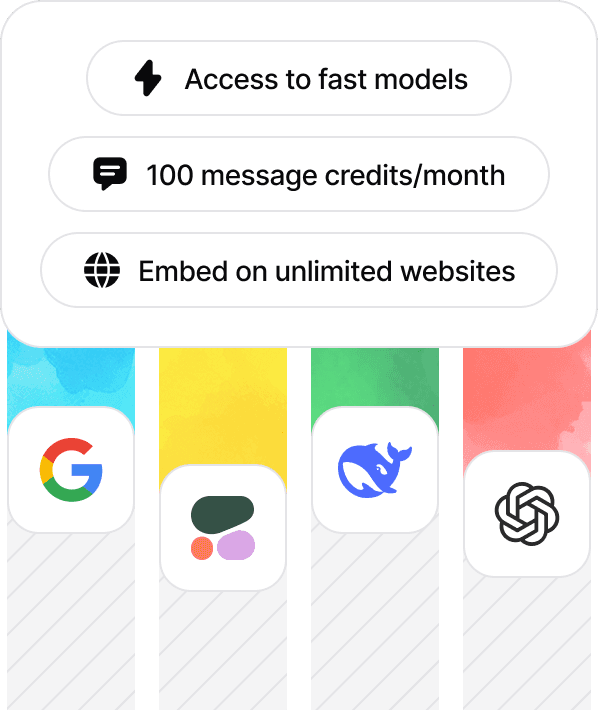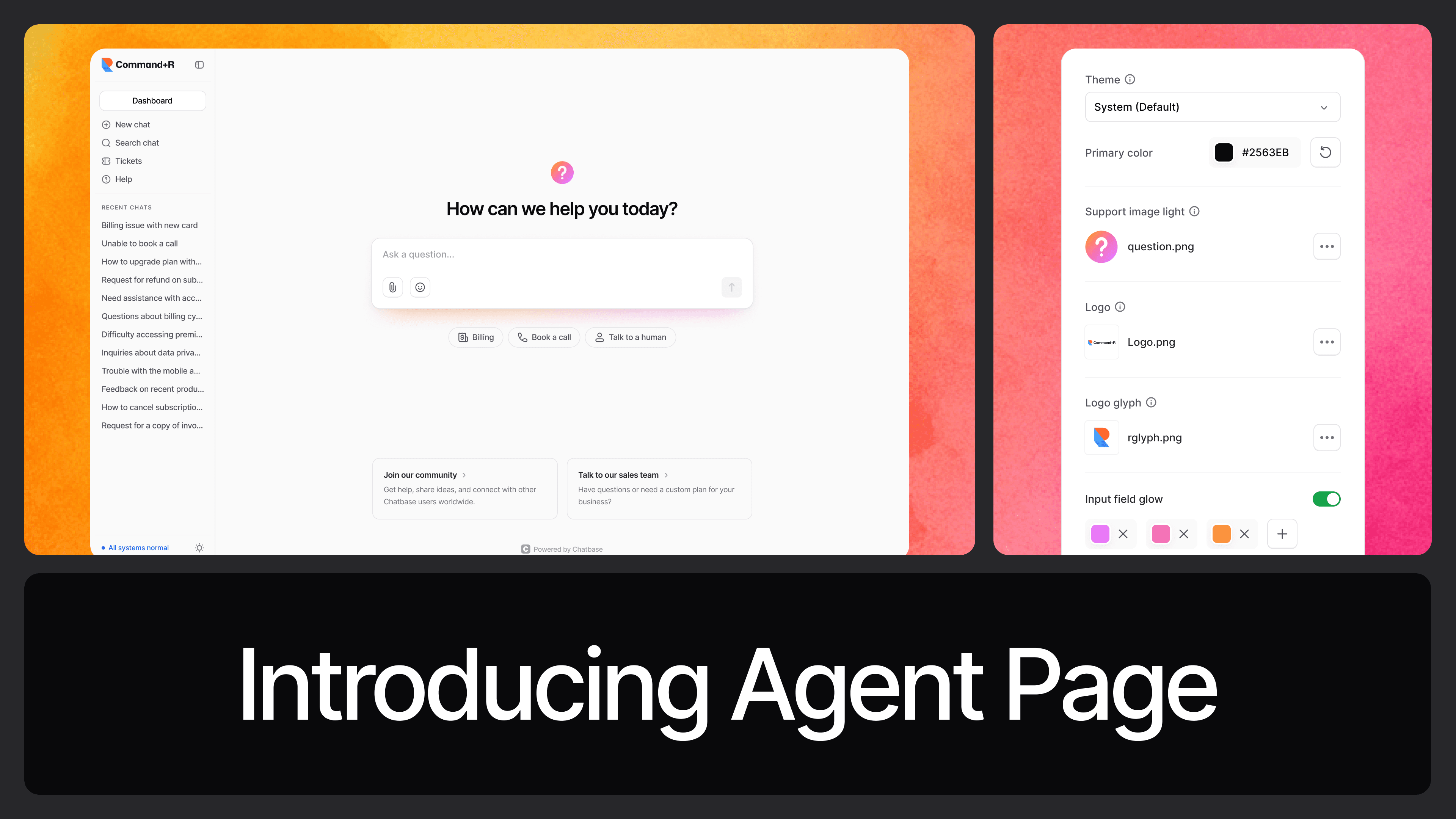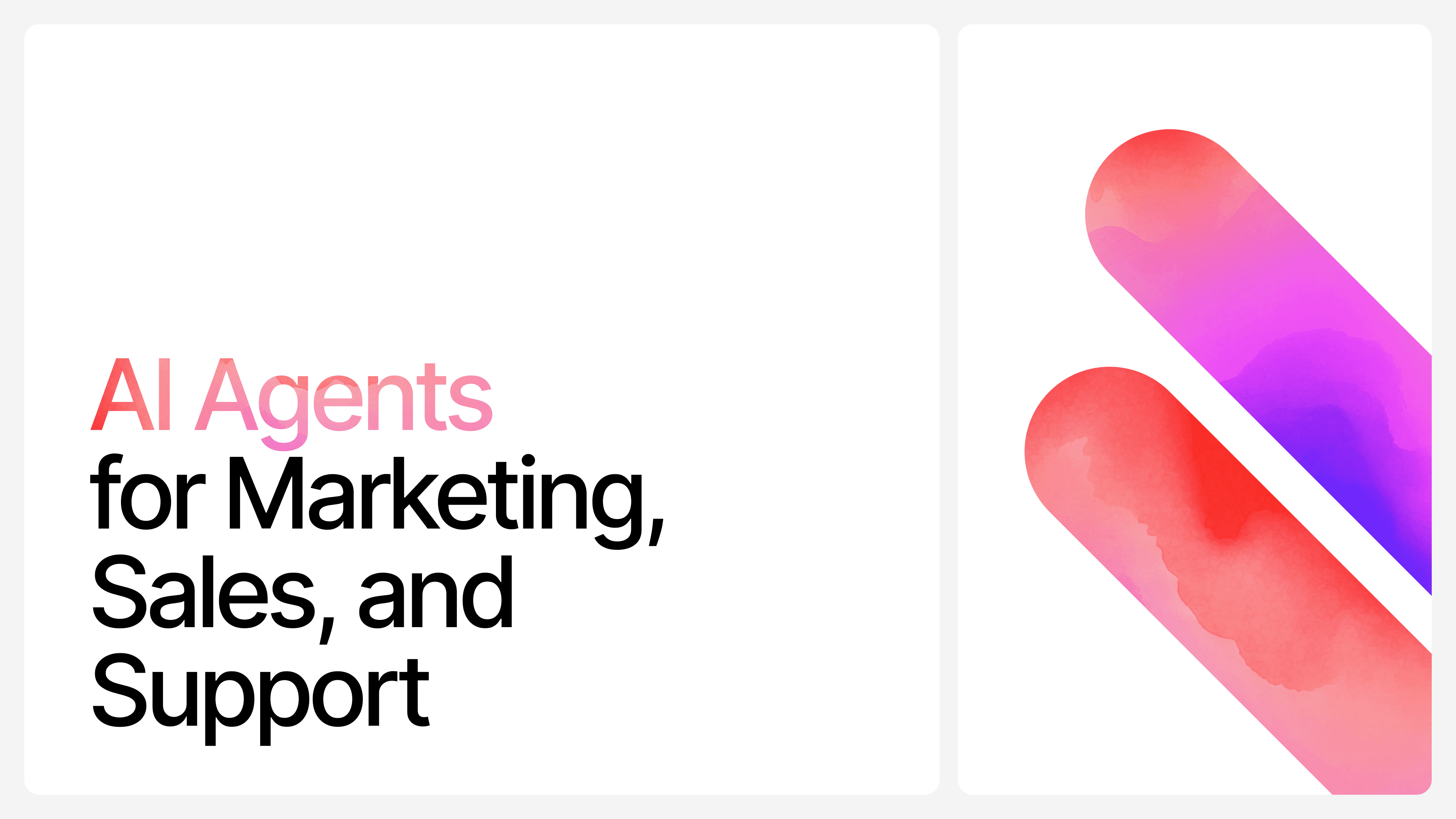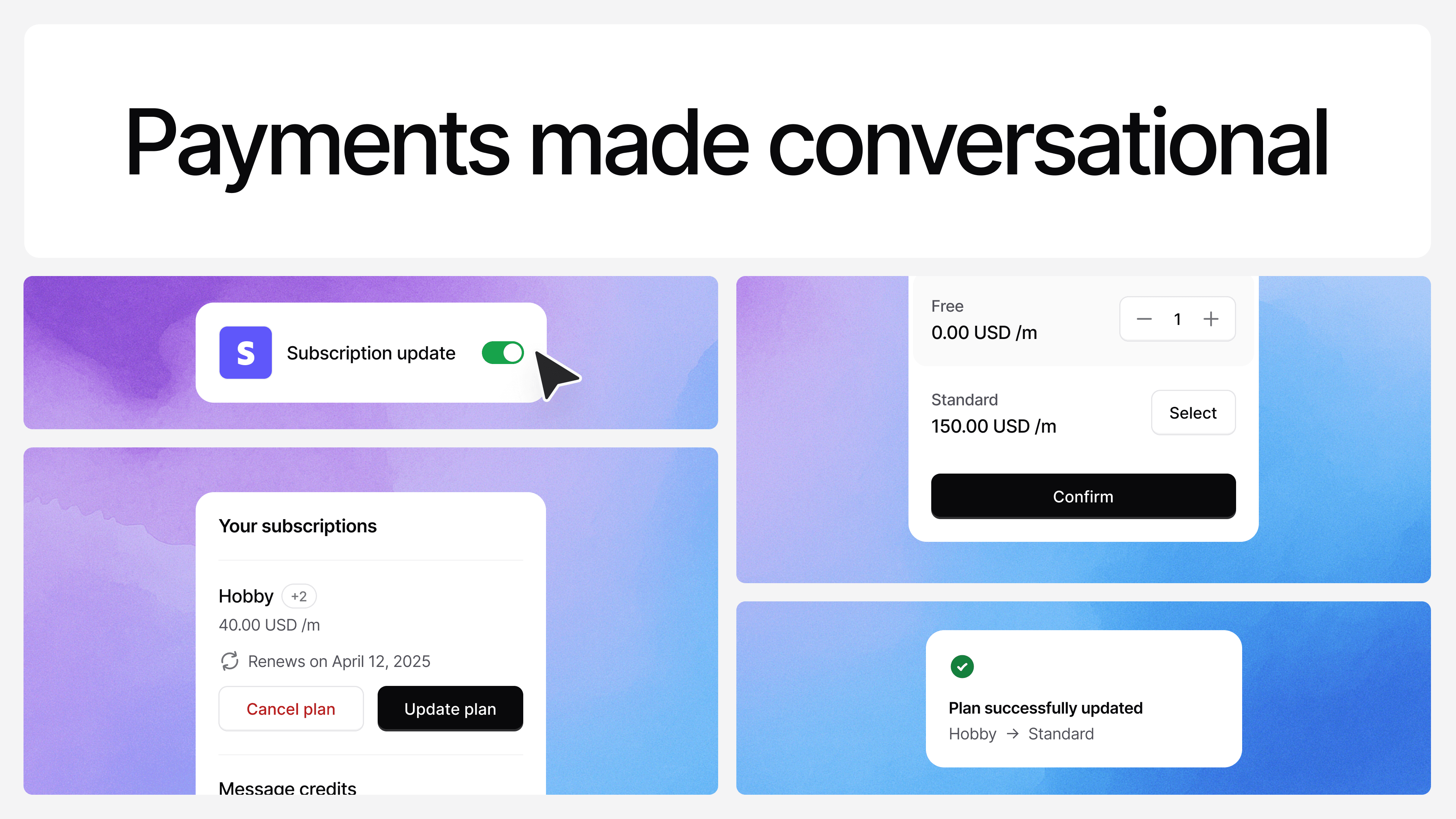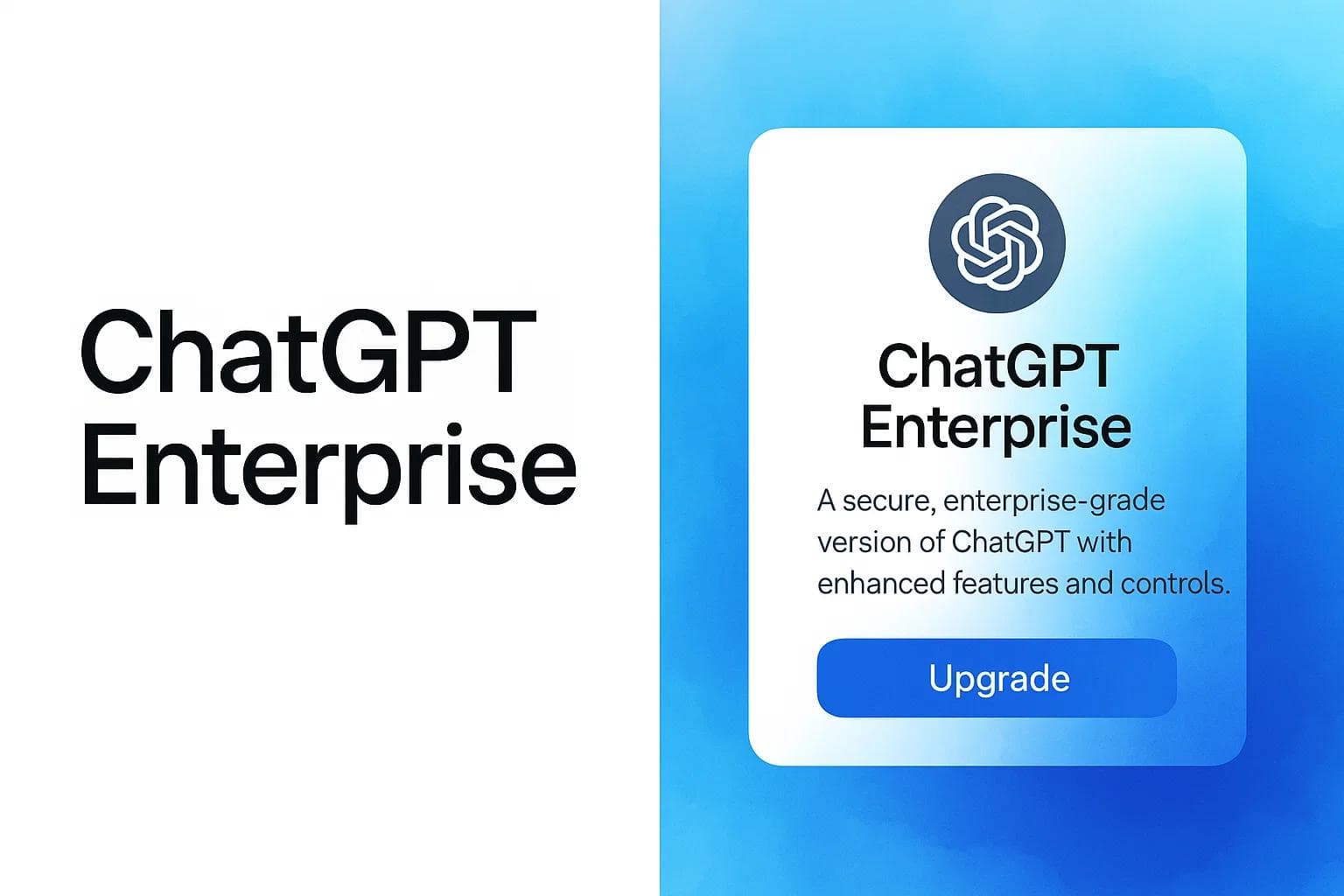RAG vs. Fine-Tunning: When to Choose Each Method
Max T
Oct 9, 2024
10 min read
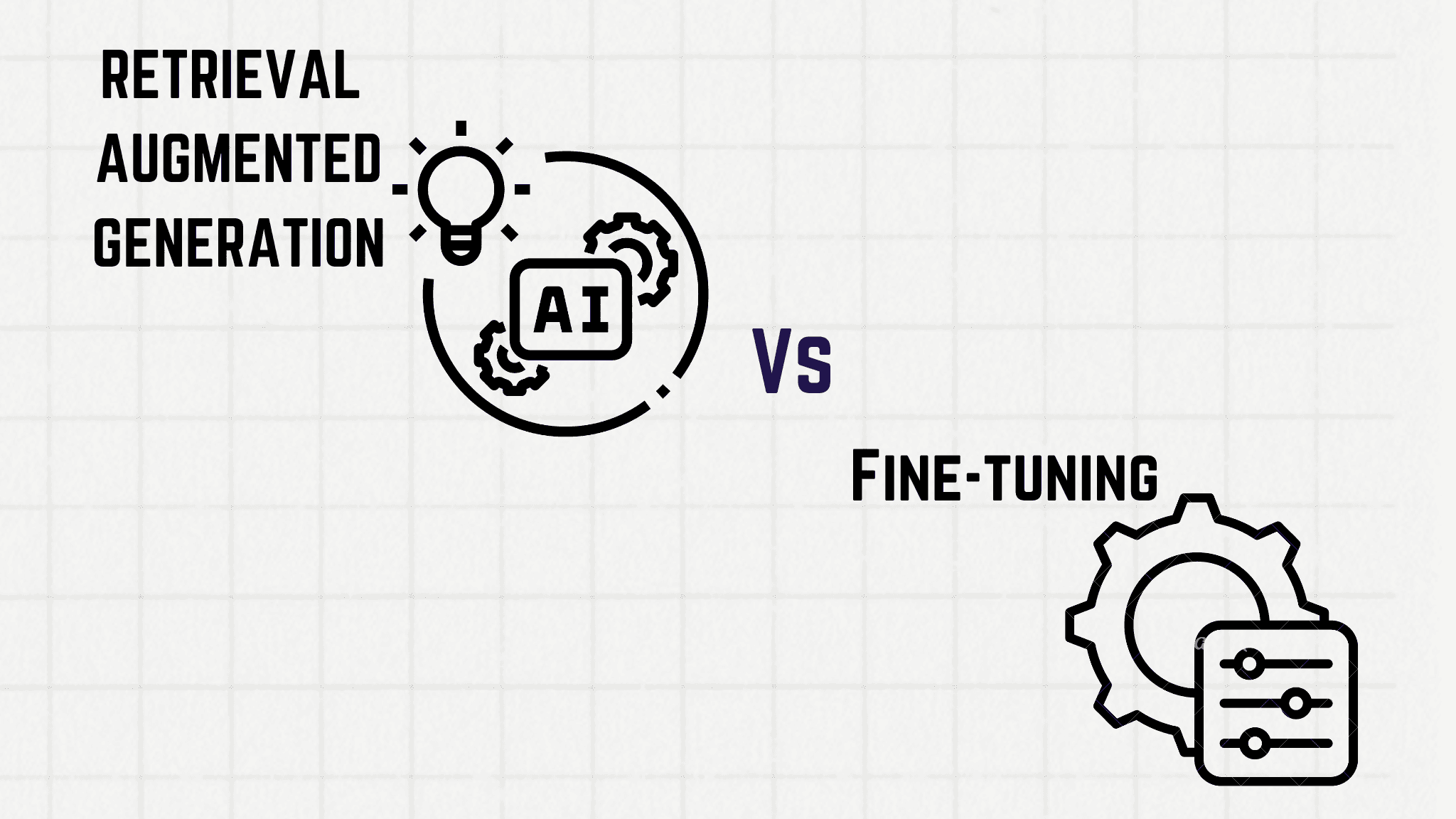
From AI writing assistants and code generators to chatbots capable of holding meaningful conversations, businesses have been building solutions on top of powerful foundation models such as OpenAI's GPT, Anthropic’s Claude, Google’s Gemini, and many others.
These models have become the backbone of countless AI products, offering flexibility and power that cater to various industries. But while building these AI tools can be straightforward, there's one decision that continues to stump teams, even seasoned AI developers: Should they go for Retrieval-Augmented Generation (RAG) or fine-tuning?
For some companies, the choice is clear, fine-tuning a model works great for domain-specific needs, while others find RAG more suitable for handling vast and ever-changing information sources.
But in more nuanced cases, the decision is not always immediately obvious.
For example, should you fine-tune a model for a tool for legal document analysis or lean on RAG to pull relevant laws on demand?
In this blog. We’ll break down the concepts of RAG and fine-tuning, helping you decide which approach makes the most sense for your specific use case. By the end, you’ll understand clearly when to reach for each method, and why.
Understanding RAG and Fine-Tuning
Before diving into the differences, let’s briefly explore what Retrieval-Augmented Generation (RAG) and fine-tuning are all about.
What Is RAG?
Retrieval-Augmented Generation, or RAG, is an approach that leverages external knowledge sources to enhance a model's response. Instead of relying solely on the information the AI was trained on, RAG integrates real-time or contextually relevant data into its outputs by retrieving information from external databases, documents, or other resources.
Think of RAG as a dynamic system. It doesn’t try to store all the knowledge within the model. Instead, when prompted with a question or task, the AI first retrieves relevant data from an external source—such as an internal knowledge base, recent articles, or documentation—and then uses that data to generate a response. This allows the AI to stay up-to-date without requiring retraining.
For example, let’s say you’ve built a legal advice chatbot. With RAG, your AI can retrieve the most current legal statutes or case laws from a legal database and integrate that into the chatbot's response, offering more precise and up-to-date advice.
What Is Fine-Tuning?
Fine-tuning, on the other hand, is the process of taking a pre-trained model—like GPT or Claude—and adjusting its parameters to fit a specific dataset or use case. Essentially, you train the model further on specific data that’s unique to your application, tailoring its behavior, tone, and accuracy to align with the goals of your project.
Imagine you’re building an AI that generates technical documentation for software developers. Through fine-tuning, you can expose the model to thousands of examples of technical writing, along with key terms and phrases from the field. The end result? The model becomes a specialist in that domain, capable of producing high-quality, field-specific responses.
Fine-tuning provides customization. It makes your model more effective at handling tasks it wasn't originally trained for, but the tradeoff is that the model only knows what it’s trained on—meaning it’s not always suited for tasks that require live or up-to-the-minute information.
When to Use RAG
RAG shines in scenarios where access to dynamic, large, or frequently updated information is critical. By integrating real-time retrieval with generative capabilities, RAG allows models to provide more accurate, up-to-date, and contextually relevant responses. Let’s explore a few key use cases where RAG proves to be more efficient.
1. Customer Support for Diverse Products
Imagine running a company with a wide range of products, each with its own documentation, updates, and FAQs. Keeping a model up-to-date with all this information through fine-tuning would require constant retraining, which can be costly and time-consuming. This is where RAG comes in handy.
By using RAG, your AI can tap into product databases, user manuals, and support documentation in real-time. So, when a customer asks a question about a specific product or a recent software update, the AI can retrieve the latest documentation instantly. This eliminates the need for frequent retraining, keeping the information fresh and relevant.
2. Legal or Financial Advice
Legal and financial sectors operate in a fast-paced environment where new laws, regulations, and market conditions can change daily. Fine-tuning a model to keep up with these shifts would quickly become outdated. Instead, RAG offers a more agile solution by pulling real-time data from legal databases, news sources, and regulatory bodies.
For example, a legal assistant AI using RAG could retrieve the most recent amendments to a law or newly passed regulations and incorporate that information into its response. Similarly, a financial advisor chatbot could pull current market data, stock prices, or investment news to provide users with accurate and up-to-date insights.
3. Healthcare and Medical Research
Medical guidelines, research papers, and clinical trials are constantly evolving. Fine-tuning an AI model based on past data could lead to outdated or inaccurate information when advising doctors or patients. With RAG, healthcare AI tools can access the latest studies, guidelines from medical bodies, and patient records in real-time.
For example, a healthcare diagnostic AI could retrieve the latest clinical guidelines on a condition and provide recommendations that align with the most current research, ensuring the doctor receives the most relevant and updated advice.
Why RAG Works:
RAG excels in environments where:
- Information is constantly changing: Legal, financial, and healthcare fields are prime examples where up-to-date data is essential.
- The knowledge base is too vast: Instead of fine-tuning a model to include massive amounts of data, RAG efficiently retrieves the necessary pieces from external sources.
- Real-time accuracy is crucial: Customer support systems and news services often benefit from RAG’s ability to pull the most current information.
When to Use Fine-Tuning
Fine-tuning comes into play when you need your AI model to specialize in a particular domain or task, consistently delivering precise, contextually tailored responses. Unlike RAG, fine-tuning embeds domain-specific knowledge into the model itself, making it an ideal choice when you want to ensure high accuracy, tone, and relevance without relying on external data sources. Here are a few use cases where fine-tuning is more efficient.
1. Specialized Customer Service
If your business provides a specific service, like insurance or software solutions, fine-tuning is often the better choice. With fine-tuning, you can expose your AI model to company-specific data, including service protocols, tone guidelines, and frequently asked questions. The result? A highly specialized customer service AI that understands the nuances of your products or services and provides consistent, on-brand responses.
For example, an AI chatbot for a software company could be fine-tuned to handle detailed product support issues, such as debugging steps or system-specific configurations. Because the AI is trained specifically on the company's products and customer interactions, it can handle these questions with a high degree of accuracy and without needing to retrieve information from external sources.
2. Content Generation in Specific Industries
In industries like journalism, technical writing, or marketing, fine-tuning allows for the creation of AI models that can generate content following specific styles, tones, or terminologies. For instance, a fine-tuned model could be trained on technical writing for a company producing developer documentation, ensuring that it produces accurate, industry-specific content with the right tone and complexity.
Imagine you’re tasked with generating articles for a medical journal or legal briefs. Fine-tuning allows your model to become an expert in that subject matter, familiar with the language and structure required. This ensures that the content is not only accurate but also adheres to professional standards expected in these fields. This is why it is frequently used for creating niche AI writing assistant.
3. Internal Knowledge Systems
If your company has proprietary information that is stable and doesn’t change frequently—such as internal protocols, employee handbooks, or compliance documents—fine-tuning offers an effective solution. You can fine-tune an AI model to become deeply knowledgeable about your internal systems, ensuring that it provides consistent and reliable information whenever needed.
For example, a human resources AI could be fine-tuned on internal HR policies and procedures, enabling it to answer questions from employees about vacation policies, benefits, or compliance issues with a high degree of precision. Because this information rarely changes, fine-tuning is a perfect fit for building a reliable internal resource.
Why Fine-Tuning Works:
Fine-tuning is a strong choice when:
- You need domain expertise: Models trained on specialized datasets become experts in their field, making them ideal for niche tasks like legal advice, technical writing, or internal knowledge systems.
- Tone and consistency are key: Fine-tuning allows you to train the model to adopt a specific tone or adhere to company communication guidelines.
- Your data is relatively stable: When your domain or use case doesn’t change frequently, fine-tuning offers a powerful, long-term solution for specialized needs.
How to Choose Between RAG and Fine-Tuning
Now that we’ve explored the strengths of both RAG and fine-tuning, the real question is: How do you decide which one to choose for your AI project? The answer depends on a few key factors, including the nature of your data, the flexibility you need, and the scale of your operations. Let’s break down the decision-making process.
1. Consider the Stability of Your Data
One of the most critical factors is whether your data is stable or dynamic.
- Choose RAG if your data is frequently changing, like in customer support scenarios where product updates happen often, or legal/financial sectors where laws and regulations are regularly updated. RAG gives you the flexibility to pull in the latest information without retraining the model.
- Choose Fine-Tuning if your data is more stable or highly specific. For example, if you’re building an AI to handle internal company knowledge or technical support for a single non-changing concept or product, fine-tuning ensures your model is deeply trained on this consistent dataset and produces specialized outputs.
2. Assess the Size and Variety of the Knowledge Base
Another key factor is the size and diversity of the knowledge your AI needs to handle.
- Choose RAG when dealing with massive knowledge bases—but not all the time. If your AI must handle vast amounts of data that change over time such as news reports, product databases, or medical research, then RAG’s ability to pull in fresh, relevant information on demand makes it the better option.
- Choose Fine-Tuning when dealing with massive knowledge that is focused, domain-specific knowledge and remains the same at least for a significant period. If your AI needs to master a specific field or generate consistent content in a narrow area (like responding to niche technical queries), fine-tuning will ensure the model is well-trained to meet those requirements.
3. Think About Real-Time Needs
Do your users require real-time, up-to-the-hour information?
- Choose RAG when real-time data is essential. Whether it’s retrieving live stock prices, the latest news, or the most current legal statutes, RAG excels in situations where timeliness is critical.
- Choose Fine-Tuning when the focus is more on accuracy, consistency, and tone rather than real-time relevance.
4. Evaluate Resource Availability
Consider the cost, time, and resources involved.
- Choose RAG if you want to avoid frequent retraining and don’t mind relying on external databases or APIs for information. RAG reduces the need for constant model updates and is cost-effective for rapidly changing environments.
- Choose Fine-Tuning if you have the resources to train and maintain a specialized model. Fine-tuning requires more upfront investment, but the payoff is a highly tailored model that performs extremely well in specific tasks.
5. Look at Scalability Needs
Scalability can also be a deciding factor.
- Choose RAG if your AI will be deployed in environments with wide-ranging data requirements, such as large-scale customer support systems or research platforms. RAG scales well because it doesn’t require the model itself to store all the knowledge.
- Choose Fine-Tuning when you need a consistent performance across specific, repeatable tasks. Fine-tuned models can handle high volumes of specialized requests without needing to retrieve external data each time, making them efficient for high-traffic scenarios like tech support or HR systems.
This breakdown should help clarify the decision-making process, but in many cases, the best approach is a hybrid solution that combines both RAG and fine-tuning for optimal results.
When navigating the decision between RAG and fine-tuning, consider how each option aligns with your project goals. Chatbase exemplifies the use of RAG, making it easier for businesses to pull in real-time data without extensive retraining. This flexibility allows users to stay current with their interactions while providing a smooth customer experience. Want to explore how RAG can work for your business? Sign up for Chatbase and get started!
Frequently Asked Questions (FAQs)
As you consider RAG and fine-tuning for your AI projects, several common questions often arise. Below are five FAQs that will help clear up any lingering uncertainties.
1. Can I use both RAG and Fine-Tuning in the same AI model?
Yes, combining RAG and fine-tuning is not only possible but often beneficial. For example, you might fine-tune a model for specialized tasks (such as customer service for a specific product) while using RAG to pull in real-time updates or less frequently accessed information. This hybrid approach allows you to take advantage of the stability and accuracy of fine-tuning while benefiting from the dynamic, up-to-date capabilities of RAG.
2. Is fine-tuning more expensive than RAG?
Fine-tuning often involves a higher upfront cost because you need to gather a quality dataset, train the model, and retrain it periodically. However, the long-term cost can vary depending on how frequently your data changes. RAG, on the other hand, may reduce the need for frequent retraining but could incur ongoing costs for retrieving data from external sources or maintaining infrastructure to support real-time retrieval.
3. Which method is better for smaller businesses or startups?
For smaller businesses or startups with limited resources, RAG is typically the more affordable and flexible option. It allows companies to leverage external data without the need for constant retraining, making it easier to scale and adapt to changing needs. Fine-tuning might be more suited to established companies with a stable dataset and the resources to invest in a more specialized model.
4. Can RAG provide the same depth of knowledge as a fine-tuned model?
RAG can offer breadth by pulling in data from multiple sources, but it may lack the depth and specialization of a fine-tuned model trained on domain-specific content. If your application requires a high degree of expertise in a particular field, fine-tuning will likely provide more precise and authoritative responses. RAG is excellent for broad, general knowledge or when frequent updates are needed, but fine-tuning delivers more tailored and nuanced results.
5. How do privacy concerns differ between RAG and Fine-Tuning?
Privacy concerns are more prominent with RAG since it may retrieve real-time data from external sources. If those sources contain sensitive or personal information, you’ll need to ensure compliance with data protection laws such as GDPR. Fine-tuning, on the other hand, is generally safer in this regard because the model is trained on a static, controlled dataset, reducing the risk of unintentionally exposing personal or sensitive data.
This is where a solution like Chatbase can help. Chatbase uses RAG in a compliant manner, allowing you to leverage real-time data while maintaining a strong focus on user privacy. With Chatbase, you can build chatbots that not only provide timely information but also ensure that personal data is handled responsibly.
Interested in building a privacy-conscious, RAG-powered chatbot? Sign up for Chatbase today and start your journey towards smarter, compliant customer interactions!
Share this article:
